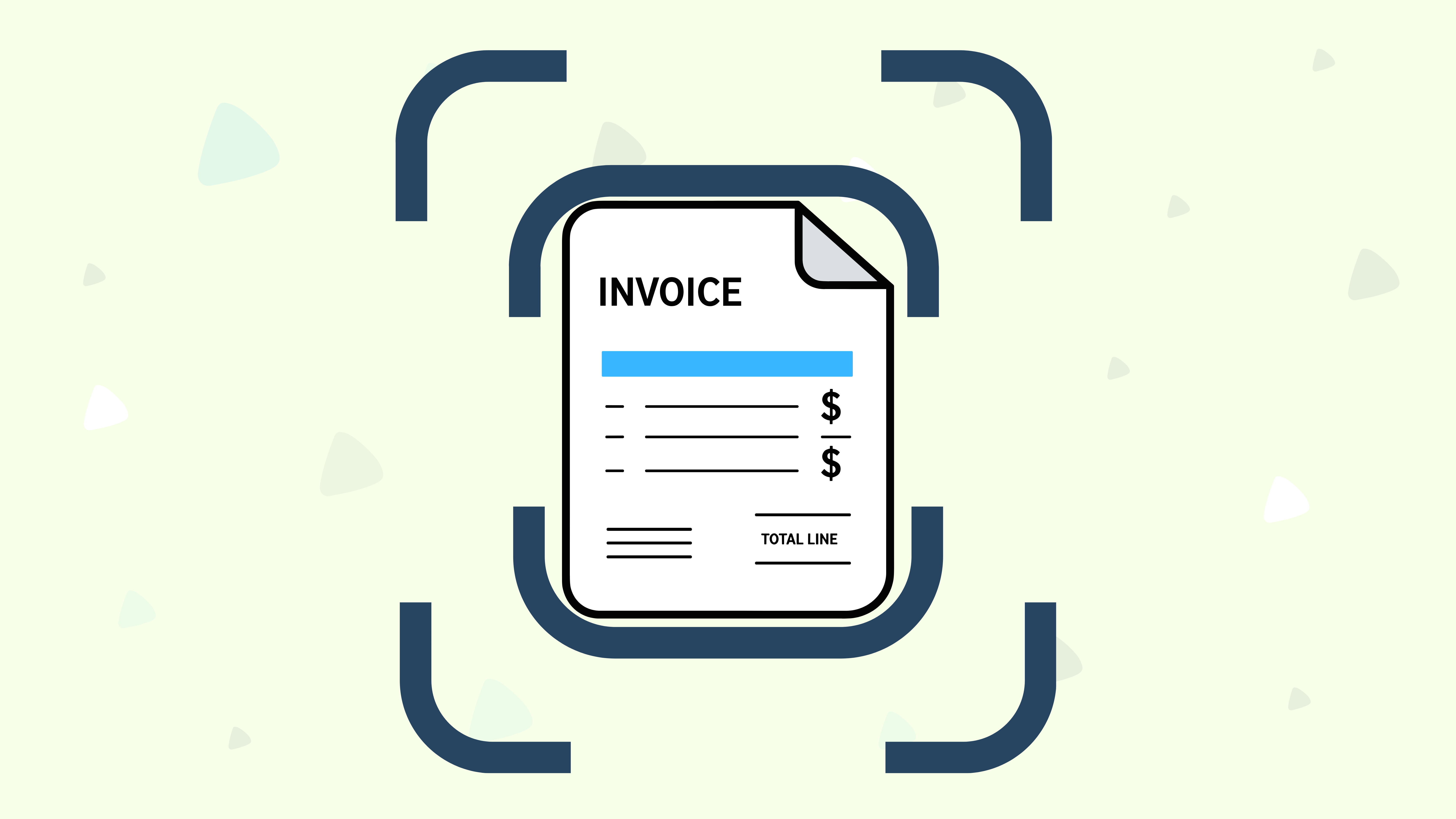

Efficient financial management is crucial for any organisation, and one of the most significant areas for improvement is invoice processing. Invoice scanning and digitization have revolutionised how businesses handle accounts payable, offering a more streamlined and accurate approach. But what exactly is automated invoice digitization, and how can it benefit your organisation?
This article explores the essentials of invoice scanning, the benefits of automation, and the steps to implement the process seamlessly into your operations. With insights into challenges and solutions, you'll understand why adopting this technology is a smart move for modern businesses.
Invoice scanning is the process of digitising physical or electronic invoices for streamlined processing and storage. Unlike manual methods, invoice scanning uses optical character recognition (OCR) or intelligent document processing to extract data from invoices automatically.
When paired with accounts payable (AP) automation, invoice scanning transforms raw data into actionable insights, enabling faster approvals, enhanced data accuracy, and improved overall efficiency.
In traditional accounts payable systems, managing invoices involves time-consuming manual tasks prone to human error. Invoice scanning and data capture technology automates these processes, eliminating inefficiencies and reducing risks. For organisations dealing with high volumes of invoices, this is a game-changer.
By automating invoice scanning, businesses can focus on strategic tasks rather than administrative bottlenecks, ultimately saving time and money while improving accuracy.
Automated invoice scanning provides a wide range of benefits for organisations, especially those managing complex financial workflows. Here are five key advantages:
Manual data entry is error-prone, leading to costly mistakes. Automated invoice scanning ensures data is extracted accurately using advanced algorithms, minimising discrepancies in records and ensuring compliance.
For growing businesses, scalability is essential. Automated invoice scanning systems can handle an increasing volume of invoices without requiring additional resources, making it an ideal solution for expanding organisations.
By reducing the time and labour required for invoice processing, businesses can significantly cut costs. Automated invoice scanning allows accounts payable teams to focus on value-added activities, reducing reliance on manual labour.
Modern automated invoice scanning solutions integrate seamlessly with accounting and enterprise resource planning (ERP) systems. This connectivity ensures that extracted data flows effortlessly into financial records, supporting better decision-making.
Paper-based invoice processing is not only inefficient but also insecure. Digital systems offer enhanced security features such as encryption, access controls, and audit trails, protecting sensitive financial information.
While the benefits are significant, there are some drawbacks to consider when implementing invoice scanning and data capture technology:
These challenges can be mitigated with thorough planning and robust support systems, making automation a worthwhile investment for most organisations.
Implementing automated invoice scanning requires careful planning to maximise its benefits. Here’s how you can start:
Selecting the best software is critical for successful implementation. Look for solutions that offer advanced features such as OCR, artificial intelligence, and seamless integration with your existing systems.
The heart of invoice scanning is data extraction. Modern tools can automatically identify fields such as invoice numbers, dates, and amounts, ensuring accurate and consistent data capture.
Integration with accounts payable invoice scanning systems is essential for smooth operations. This ensures that digitised data flows directly into your financial records, reducing manual input and errors.
To maximise the value of your investment, consider these advanced features:
In an era where efficiency and accuracy are paramount, businesses cannot afford to overlook the advantages of automated invoice scanning. The technology not only improves day-to-day operations but also supports long-term growth by offering insights that drive informed decision-making.
By transitioning from manual processes to automated systems, organisations can reduce costs, mitigate risks, and enhance compliance. Furthermore, the scalability of these systems makes them an excellent choice for businesses aiming to future-proof their operations.
What is invoice scanning, and how does it work?
Invoice scanning digitises paper or PDF invoices and uses OCR/IDP to capture fields (supplier, date, invoice number, totals). Plugged into AP automation, that data flows to your ERP, enabling straight-through processing, faster approvals and cleaner records.
What are the benefits of automated invoice scanning?
It cuts manual admin and errors while improving control. Typical gains include:
How do I automate invoice scanning effectively?
Start small, then scale:
Invoice scanning and digitization are no longer optional for businesses aiming to thrive in a competitive marketplace. With the right tools, organisations can unlock a host of benefits, from improved accuracy and cost savings to enhanced security and scalability.
As the financial landscape continues to evolve, adopting automated solutions ensures businesses remain agile, efficient, and competitive. By understanding the potential of invoice scanning and data capture, you can take the first step towards transforming your accounts payable processes into a seamless, error-free operation.
Embrace the power of automation today, and pave the way for a more efficient and profitable future.